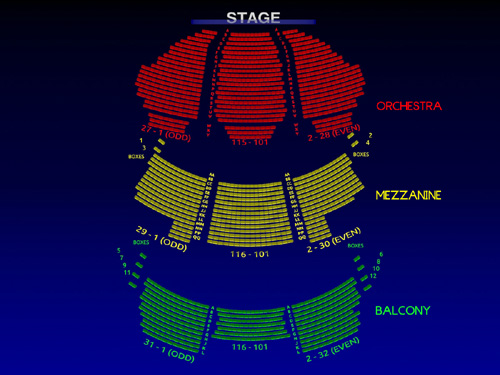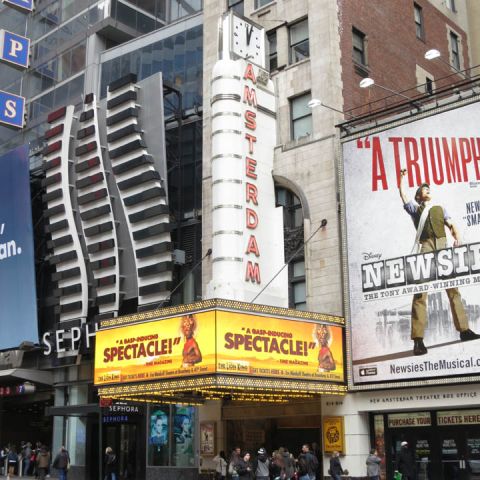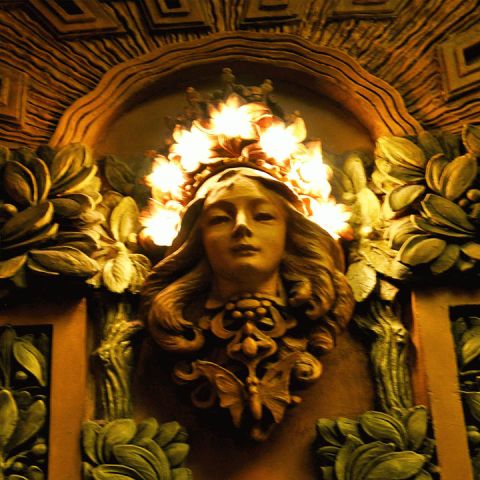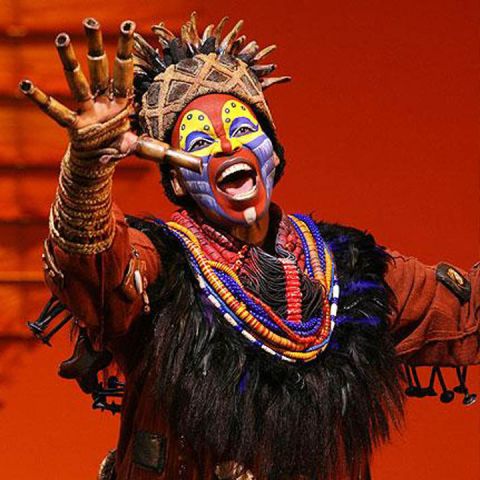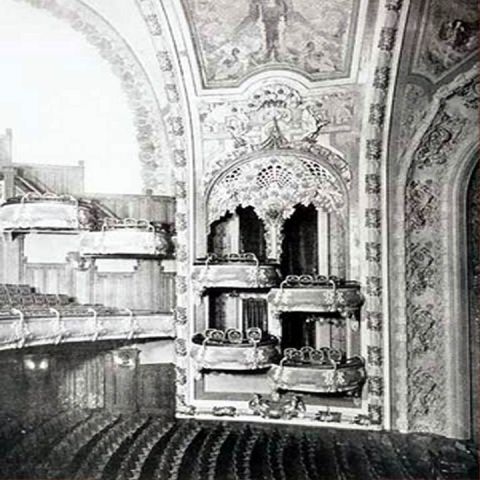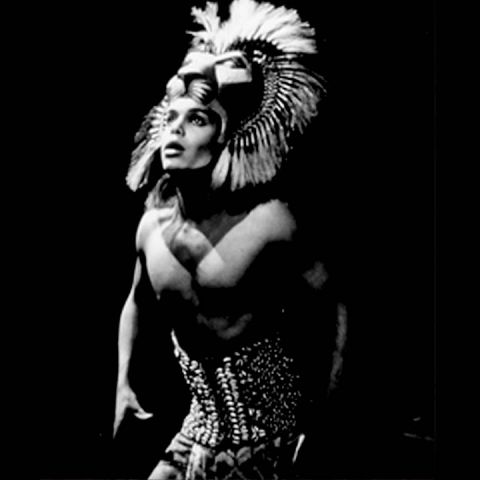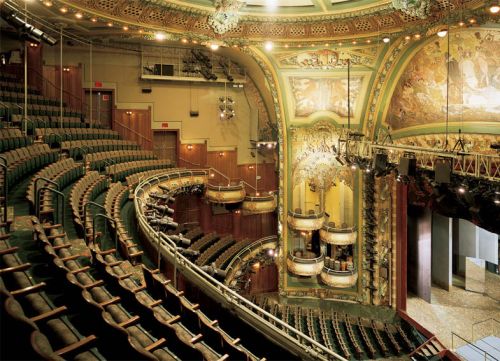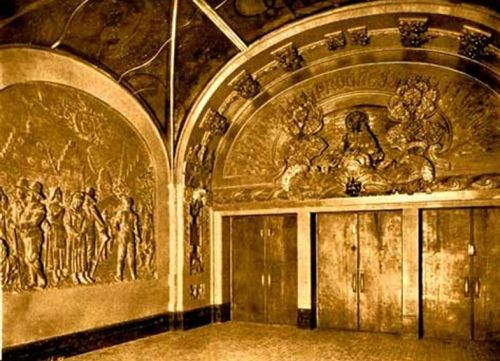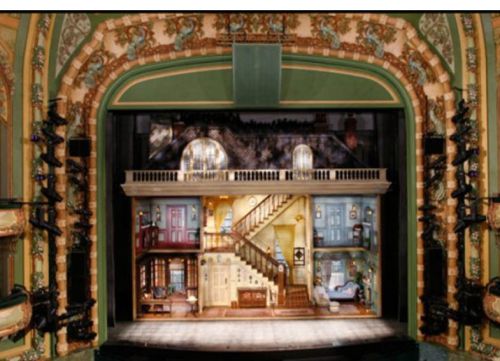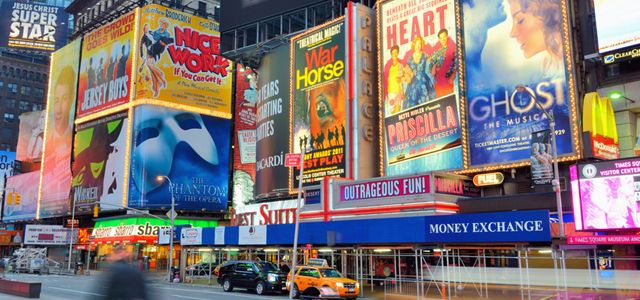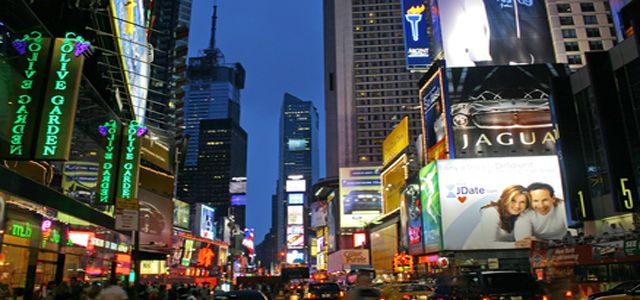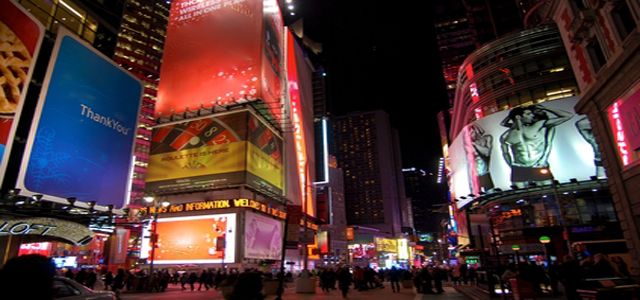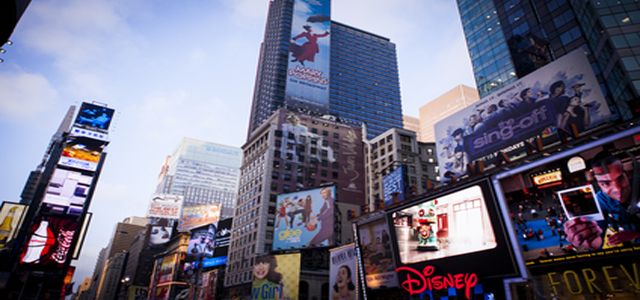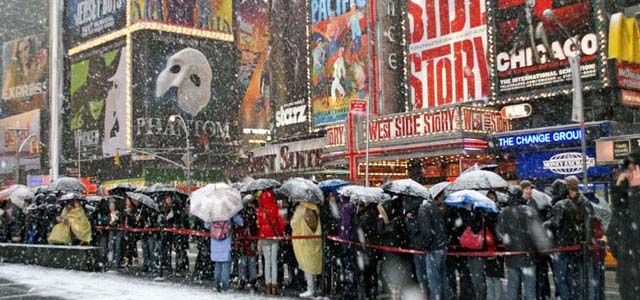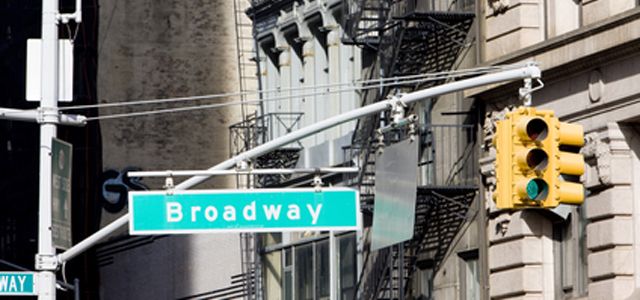The New Amsterdam Theatre
The New Amsterdam was constructed in 1903 by A.L. Erlanger and Marcus Klaw. The theatre possesses an abundant and distinctive history. This playhouse has witnessed numerous changes over the past one hundred years: the rise and fall of vaudeville, infusion of classics, the popularity of the Ziegfeld Follies, and the effects of the Great Depression. Today, it is a thriving venue operated by Disney Theatrical Productions presenting hit musicals such as Mary Poppins and Aladdin.
From Vaudeville to Disney
In November 1903, the New Amsterdam opened with Shakespeare’s A Midsummer Night’s Dream. Franz Lehar’s cherished operetta The Merry Widow opened on October 21, 1907, with Ethel Jackson and Donald Brian. Madame Sherry, another renowned operetta, opened at the venue in 1910 with Lina Abarbanell.
The theatre housed the Ziegfeld Follies for numerous years, featuring Olive Thomas, Fanny Brice, and the Eaton siblings, along with many other luminaries. The Midnight Frolics, a spicier show related to the Follies, was presented in the New Amsterdam’s roof garden theatre. The smash hit musicals Sally (1920), and Sunny (1925) featuring Clifton Webb played at the New Amsterdam. These were two of Marilyn Miller’s biggest shows as they helped make her a star. The theatre also was home to serious classic dramas, including Julius Caesar (1927) starring Basil Rathbone.
After the Great Depression, the New Amsterdam closed in 1936. In 1937, it reopened, but it was transformed into a movie theatre. In 1982, the Nederlander Organization bought the historic building, but the theatre’s interior was invested with rats, the roof greatly in need of repair and then entire fly system was compromised. The building would not be inhabitable for eight more years. After a court battle, the city and state of New York acquired ownership of the New Amsterdam in 1990.
In 1993, Disney Theatrical Productions signed a 99 year lease for the theatre, but the building was a disaster. It would take many years and cost a fortune to renovate it to its former usage and magnificence. In 1995, the New Amsterdam was restored by Hardy Holzman Pfeiffer and with that it became the leading venue for Disney Theatrical Productions on Broadway. On April 2, 1997, the New Amsterdam reopened officially. After the opening of the film Hercules and a run of a concert version of King David, Disney’s The Lion King opened in November 1997. The show closed in the New Amsterdam on June 4, 2006, and transferred to the Minskoff Theatre. On November 16, 2006, Mary Poppins took the stage.
A Classic Venue
The New Amsterdam Theatre, known for its timeless grandeur, was designed by architects Herts and Tallant. The Beaux-Arts exterior of the theatre leads into the theatre’s opulent Art Nouveau interior. At the time of construction, with a seating capacity of 1,702 and eleven stories, it was the largest playhouse in New York City. The venue featured the most extravagant lobby, paintings, staircases, lounges, and even elevator doors seen in any theatre on Broadway. The theatre’s main color scheme was green, mauve, and off-white. In 2008, the Roof Theatre was converted into offices for Disney Theatricals, but the original proscenium and glass walkway were restored and kept by Disney.
A Premium Venue
Along with the Lyceum, the New Amsterdam Theatre, located in the center of Times Square, is one of the oldest theatres on Broadway that is still used today, and it has been labeled a landmark in New York City. In 1980, the theatre was added to the National Register of Historic Places. It features stunningly restored art and architecture, and to this day remains a fully operational contemporary theatre. With a seating capacity of 1,800, the New Amsterdam and its two magnificent halls, the Ziegfeld Room and the New Amsterdam Room, can accommodate a variety of gatherings, from corporate meetings to weddings and major productions (of course).

